Now is the perfect time to start preparing your garden for the upcoming fall season.
By planting things now, you can take advantage of the warm weather and ensure a bountiful harvest in the cooler months ahead.
Imagine plucking fresh, juicy vegetables from your garden well into the fall months.
Picture your garden bursting with vibrant colors from spring-blooming flowers like tulips and daffodils.
It's not too good to be true!
But what should you plant? Fear not, as there are plenty of vegetables and flowers that thrive when planted in mid-summer for a fall harvest.
This includes beets, carrots, radishes, and spinach. These vegetables can be planted now and harvested well into the fall months.
So, don't wait until fall to start planting. Get started now and enjoy the fruits of your labor well into the cooler months ahead.
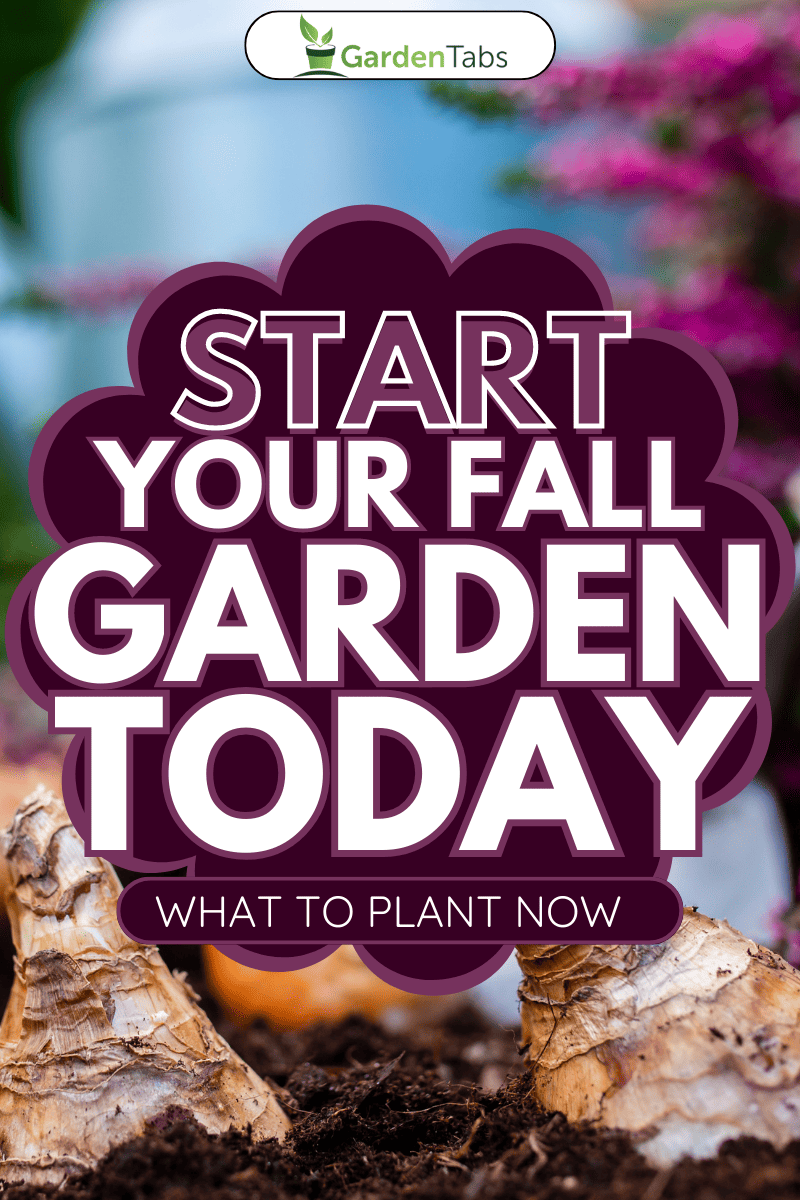
Why Plant in Mid-summer?
Planting in mid-summer is a great way to ensure a bountiful fall harvest. By starting now, you can take advantage of the warm soil and long days to grow a variety of crops that will be ready to harvest in the cooler months.
Here are some reasons why planting in mid-summer is advised:
- Longer growing season: Planting in mid-summer gives your crops a longer growing season, which means they have more time to mature and produce a larger yield.
- Cooler temperatures: By planting in mid-summer, you can take advantage of these warmer temperatures and grow crops. Fall temperatures are cooler than summer temperatures, which means that plants are less likely to go to seed.
- More time to plan: You can take the time to research what crops will do well in your area, and make sure you have everything you need to get started.
Choosing the Right Plants
But — what should you plant? There are plenty of vegetables, herbs, and flowers that thrive when planted in mid-summer for a fall harvest.
Flowers
Fall flowers are a great way to add color to your garden. Some of the best flowers to plant in mid-summer include chrysanthemums, asters, and pansies.
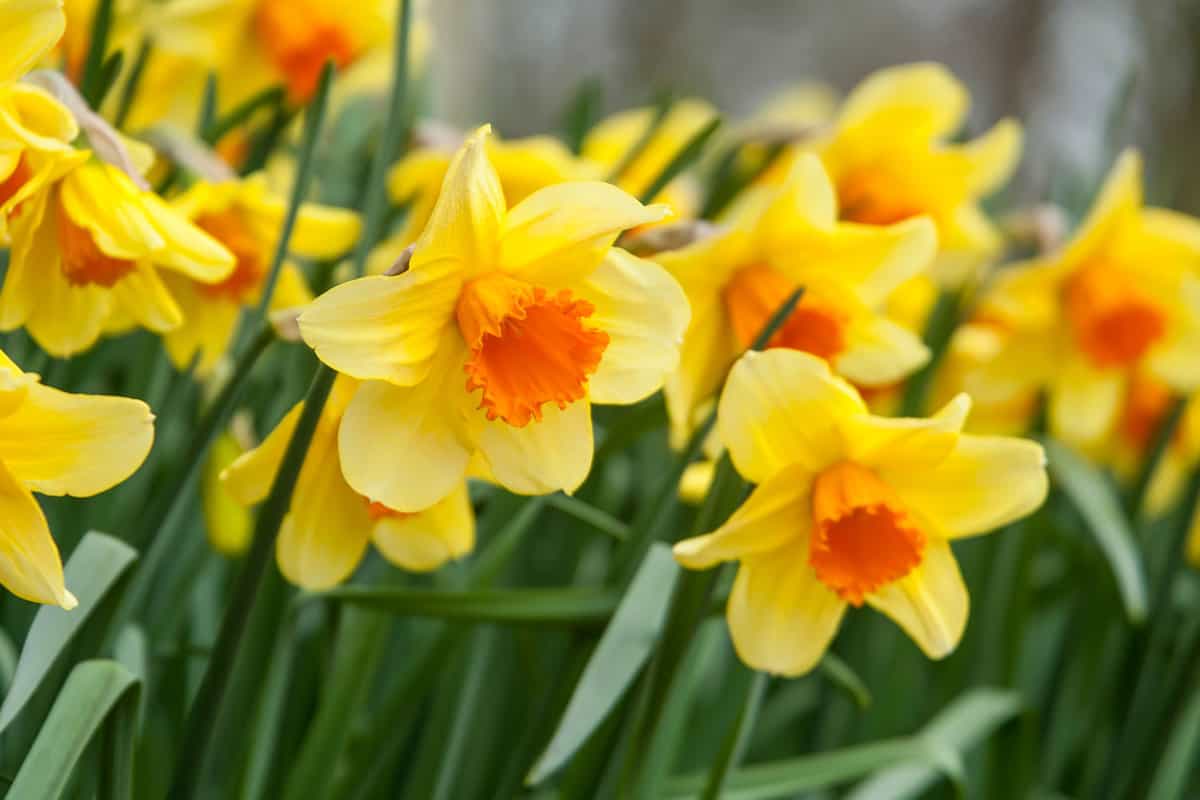
Planting bulbs such as tulips and daffodils in the fall will also ensure a beautiful display.
Read more: How To Divide And Store Daffodil Bulbs [For Planting Next Season]?
Vegetables
Choosing the right vegetables to plant for fall is important for a successful harvest. Some of the best vegetables to plant in the fall include broccoli, Brussels sprouts, cabbage, carrots, cauliflower, kale, and spinach.
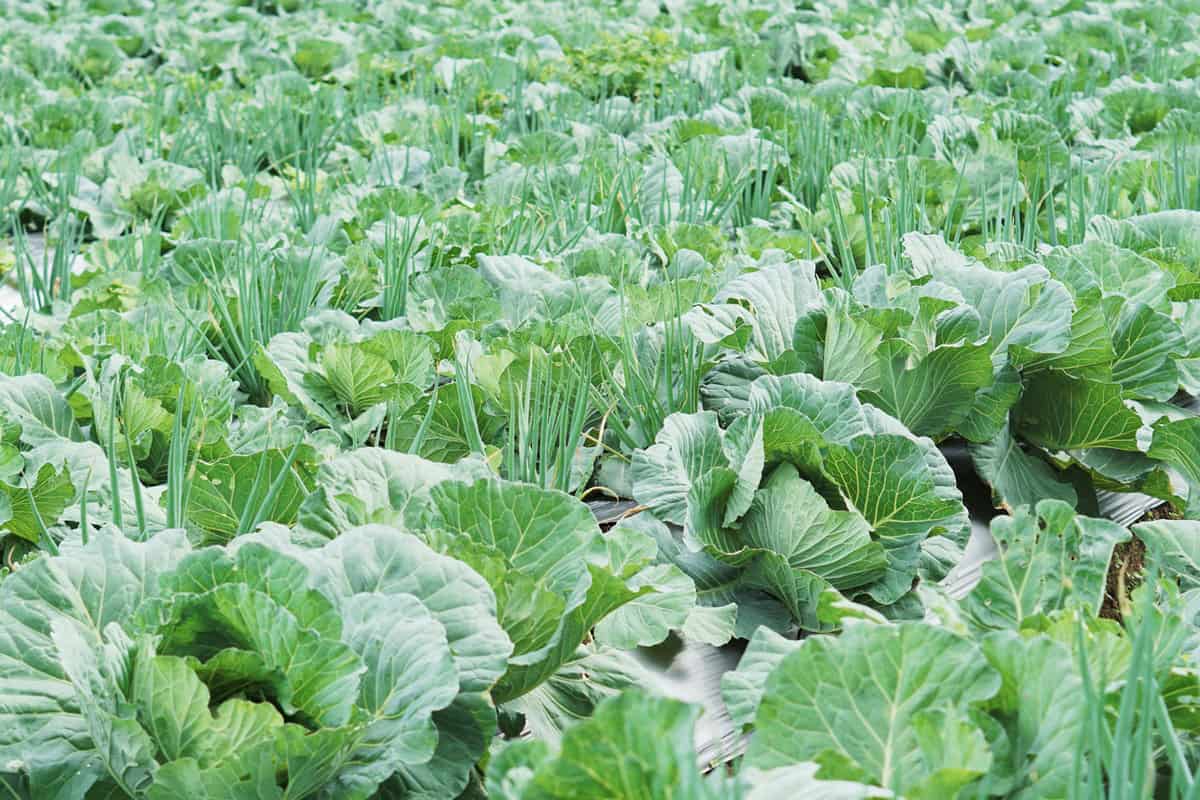
These vegetables can withstand cooler temperatures and will be ready to harvest in the fall.
Read more: Chaos Gardening: The Secret To Growing Carrots Successfully
Herbs
Some of the best herbs to plant in the fall include cilantro, parsley, and chives. These herbs can be used in a variety of dishes and will continue to grow until the first frost.
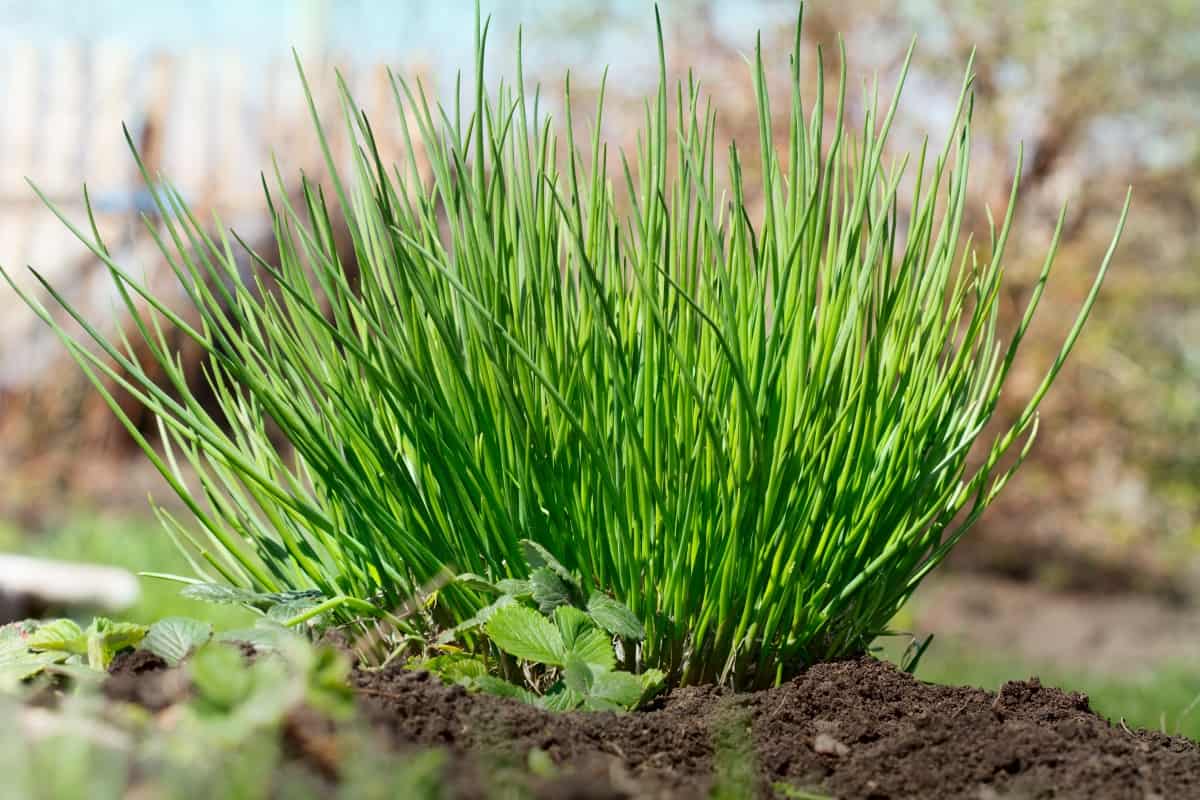
When choosing the right plants for your fall garden, it is important to consider the climate in your area, the amount of sunlight your garden receives, and the soil conditions.
Understanding Your Climate
Fall is a great time to start planting your garden, but it's important to understand your climate before you begin.
One important factor to consider is the length of your growing season. This is the amount of time between the last frost in the spring and the first frost in the fall.
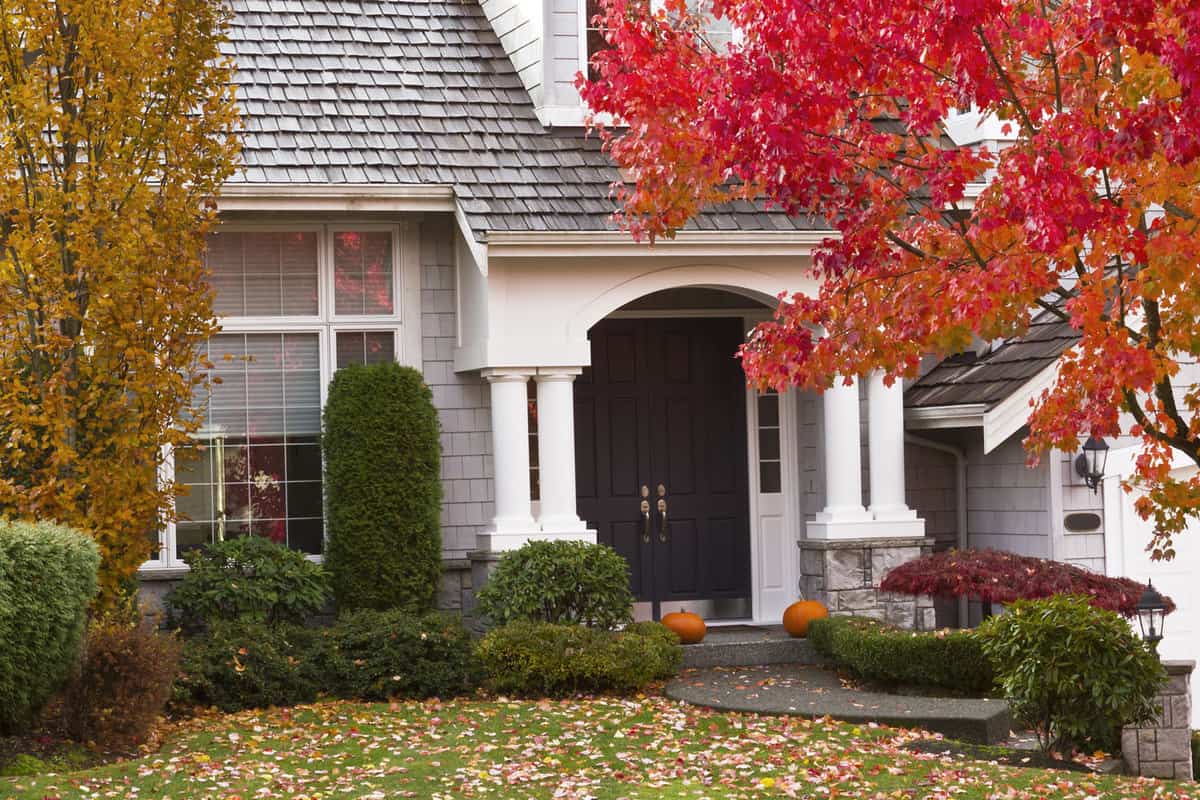
Overall, understanding your climate is key to a successful fall planting season. By doing your research and choosing plants that are well-suited to your region, you can enjoy a bountiful harvest and a beautiful garden.
Preparing the Soil
Preparing the soil is an important task for any gardener, and it's especially crucial when planting for fall.
In mid-summer to fall, it's time to show your soil some love before winter sets in. Here are two ways to prepare your soil for a successful fall garden.
Composting
Composting is a natural process that breaks down organic matter, such as food scraps, leaves, and grass clippings, into a rich soil amendment.

To start composting, simply collect organic matter in a bin or pile and let it decompose over time.
You can speed up the process by turning the compost regularly and keeping it moist. Once the compost is ready, spread it over your garden beds, and work it into the soil.
Read more: Waste Into Wealth: 25 Reasons To Start Composting Now
Soil Testing
A soil test will tell you the pH level of your soil and the nutrient levels. This information will help you determine what amendments your soil needs to support healthy plant growth.
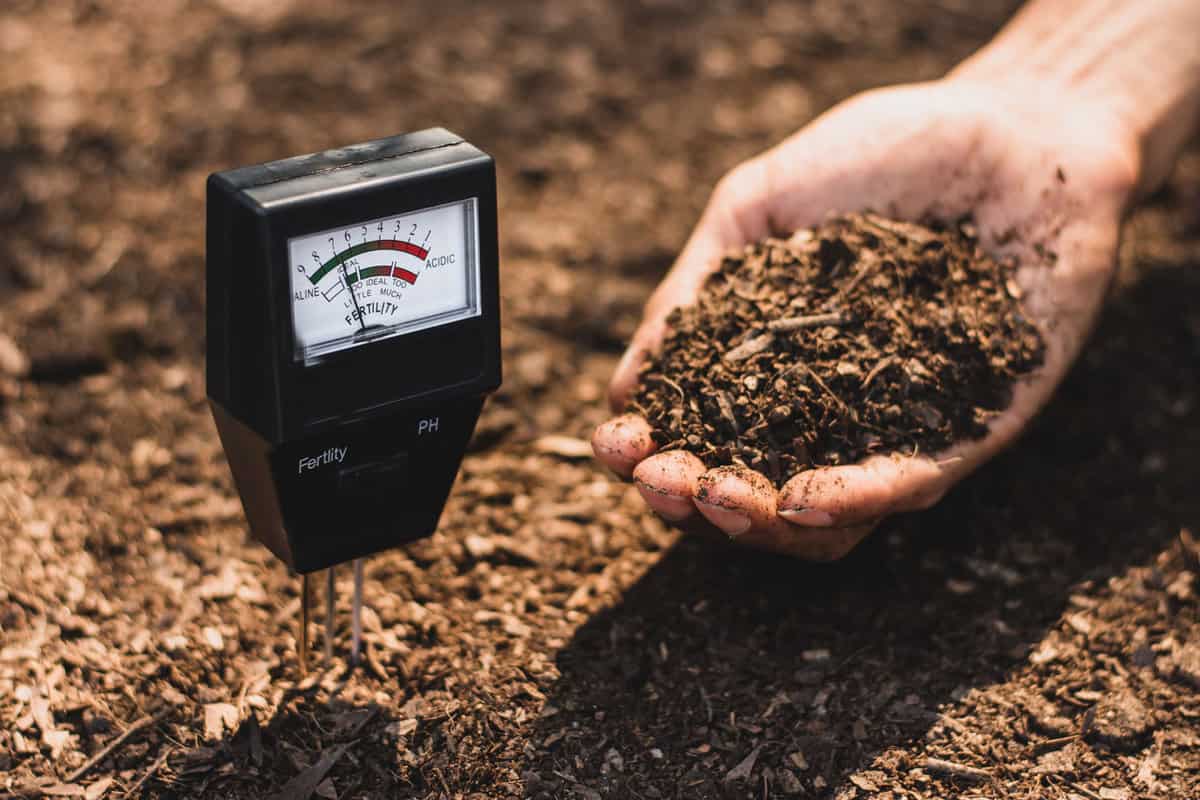
You can purchase a soil test kit from a garden center or Amazon or send a sample of your soil to a soil testing laboratory.
Once you have the results, you can adjust the pH level with lime or sulfur and add amendments such as compost, bone meal, or blood meal to increase nutrient levels.
Planting Techniques
Seed Starting
Starting seeds indoors is a great way to get a head start on your fall garden.
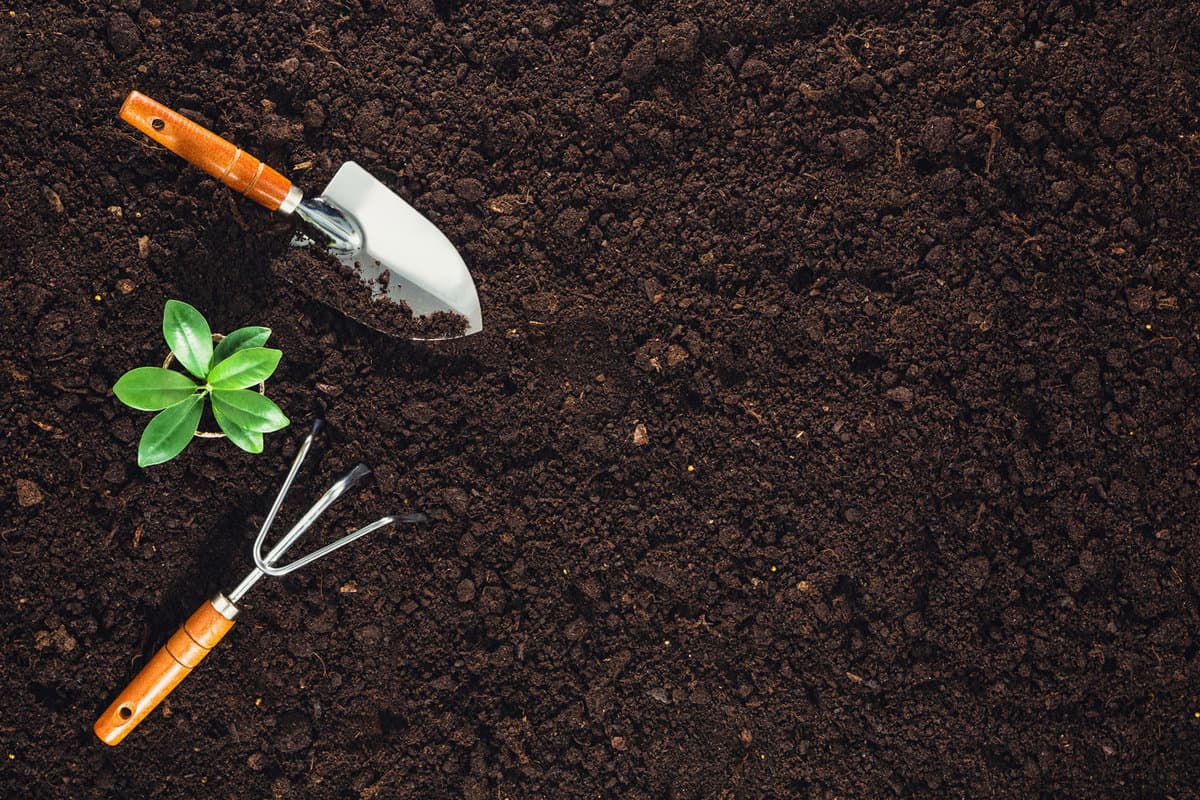
Begin by selecting high-quality seeds and a good seed starting mix. Sow the seeds according to the instructions on the packet, and keep them in a warm, bright location.
Once the seedlings have emerged, move them to a cooler location to prevent them from getting too leggy.
Transplanting
Transplanting is another planting technique that can help you get your fall garden started. Start by preparing your garden bed by removing any weeds and adding compost or other organic matter.
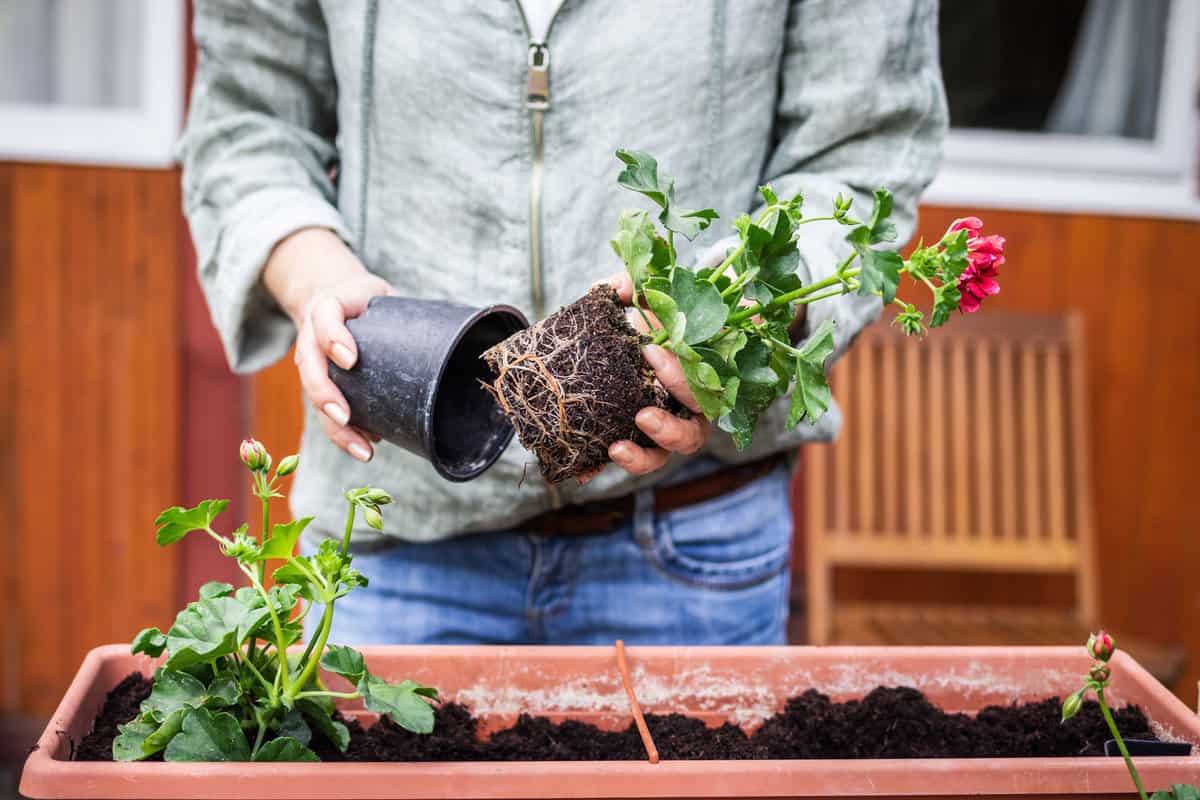
Then, transplant your seedlings into the bed, making sure to space them according to the instructions on the packet.
Water the seedlings well after transplanting, and continue to water them regularly until they are established.
Other Techniques
Other planting techniques that can be used from mid-summer to fall include direct seeding, container gardening, and succession planting.
Direct seeding involves sowing seeds directly into the garden bed, while container gardening involves growing plants in containers.
Succession planting involves planting crops at different times to ensure a continuous harvest throughout the season.
Caring for Your Fall Garden
Fall gardening requires some special care to ensure a successful harvest. Here are some tips to keep your fall garden healthy and productive.
Watering
Fall weather can be unpredictable, so it's important to keep an eye on soil moisture levels. Water your plants deeply and less frequently to encourage deeper root growth.

Avoid overhead watering, which can promote fungal growth. Consider using a drip irrigation system or soaker hose to water plants at their base.
Read more: How Many Emitters Can I Put On A Drip Line?
Fertilizing
Fall is a good time to fertilize your garden to help plants establish strong roots. Consider using a slow-release fertilizer that will provide nutrients over an extended period.
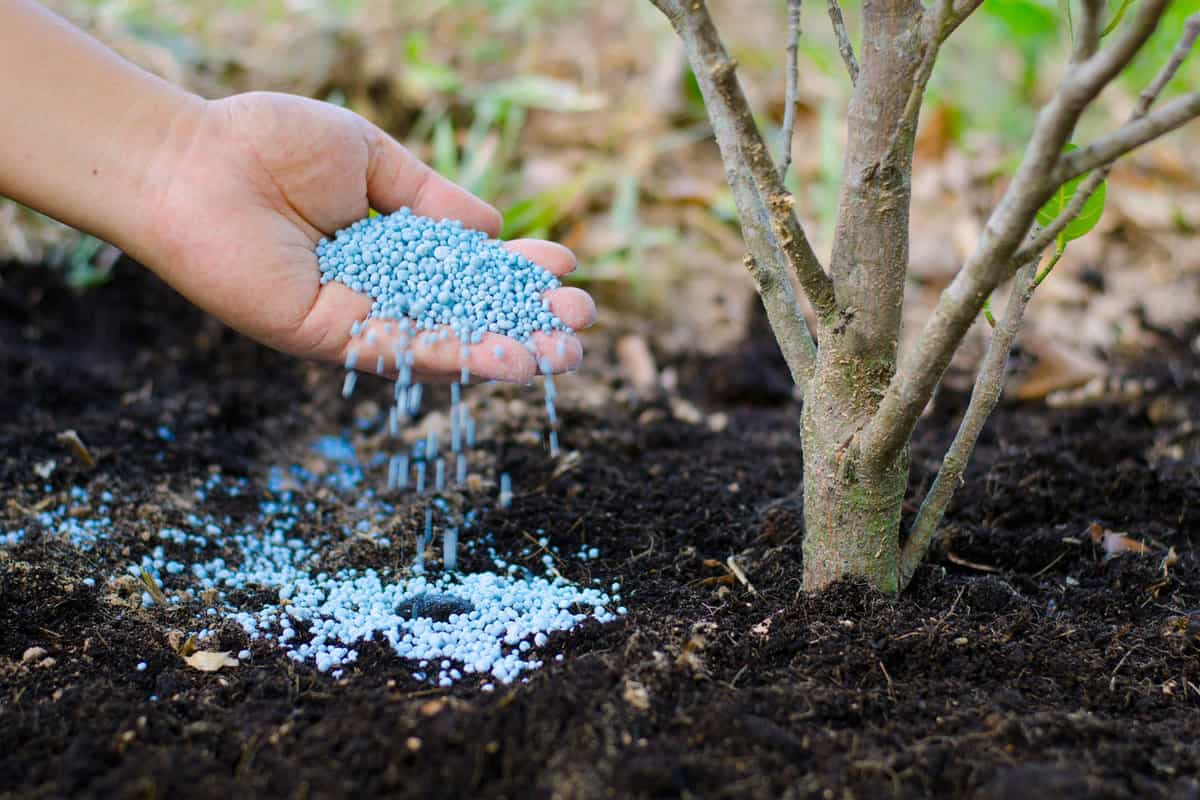
Follow the manufacturer's instructions for application rates and timing. Avoid over-fertilizing, which can lead to excessive growth and weak plants.
Pest Control
Fall can bring a new set of pests to your garden, so it's important to stay vigilant. Keep an eye out for aphids, spider mites, and other common fall pests.

Consider using natural pest control methods, such as companion planting, beneficial insects, and organic sprays.
Harvesting and Storing Fall Crops
As the fall season approaches, it's time to start thinking about harvesting and storing your fall crops. By harvesting at the right time and storing your crops properly, you can enjoy fresh produce well into the winter months.
When it comes to harvesting during fall, timing is key. Most vegetables should be harvested before the first frost, which can damage or kill your plants.
Make sure to clean your vegetables thoroughly before storing them. Remove any dirt or debris and trim away any damaged or wilted leaves.
Then, store your vegetables in a cool, dry place with good air circulation. Some vegetables, like carrots and beets, can be stored in a root cellar or basement. Others, like squash and pumpkins, can be stored in a cool, dry room.
To extend the shelf life of your fall crops, consider using preservation methods like canning or freezing. This can be a great way to enjoy your favorite fall vegetables all year round.
Be sure to follow proper canning and freezing procedures to ensure your food stays safe and fresh.
Overall, harvesting and storing fall crops can be a fun and rewarding experience. By following these tips, you can enjoy fresh, delicious produce throughout the fall and winter months.
Final Thoughts
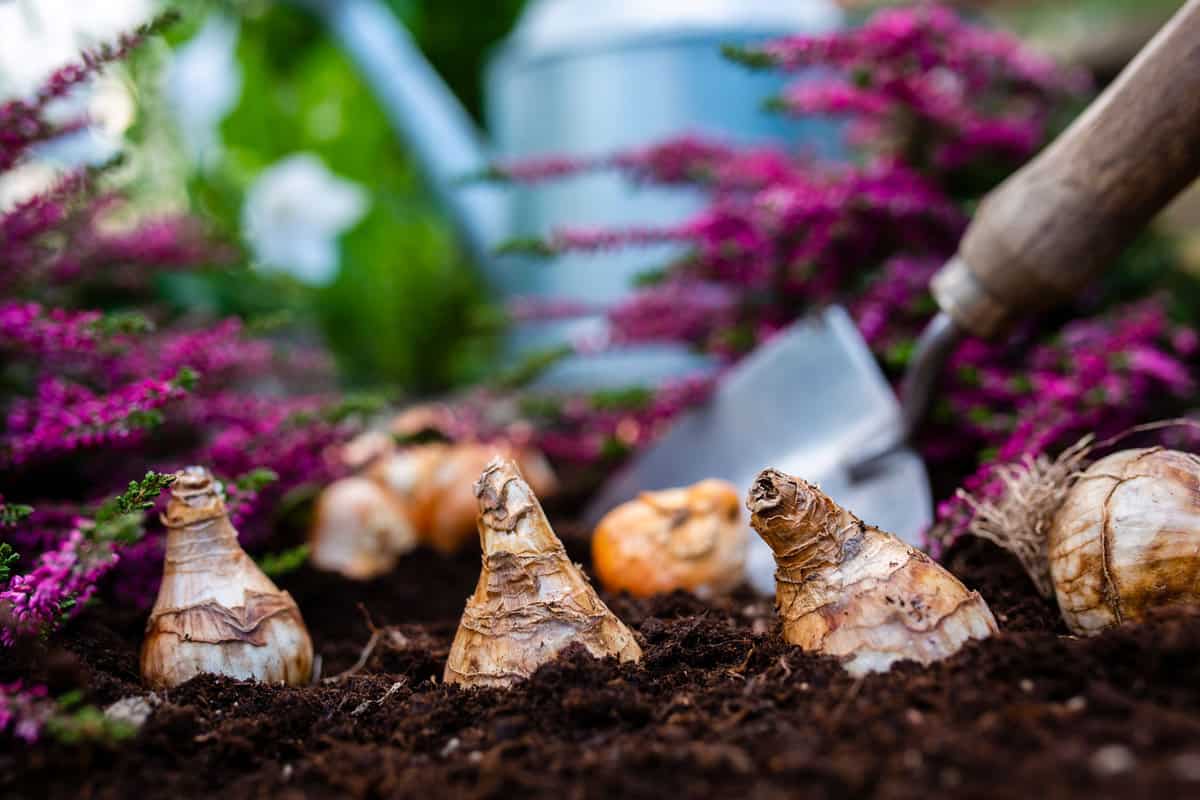
Planting in mid-summer is a great way to ensure a bountiful harvest in the fall.
By taking advantage of the warm weather and planting the right vegetables and flowers, you can enjoy fresh produce and vibrant colors well into the cooler months ahead.
So, don't wait any longer to start preparing your garden for the upcoming fall season. Get started now and reap the rewards of your hard work and dedication.

